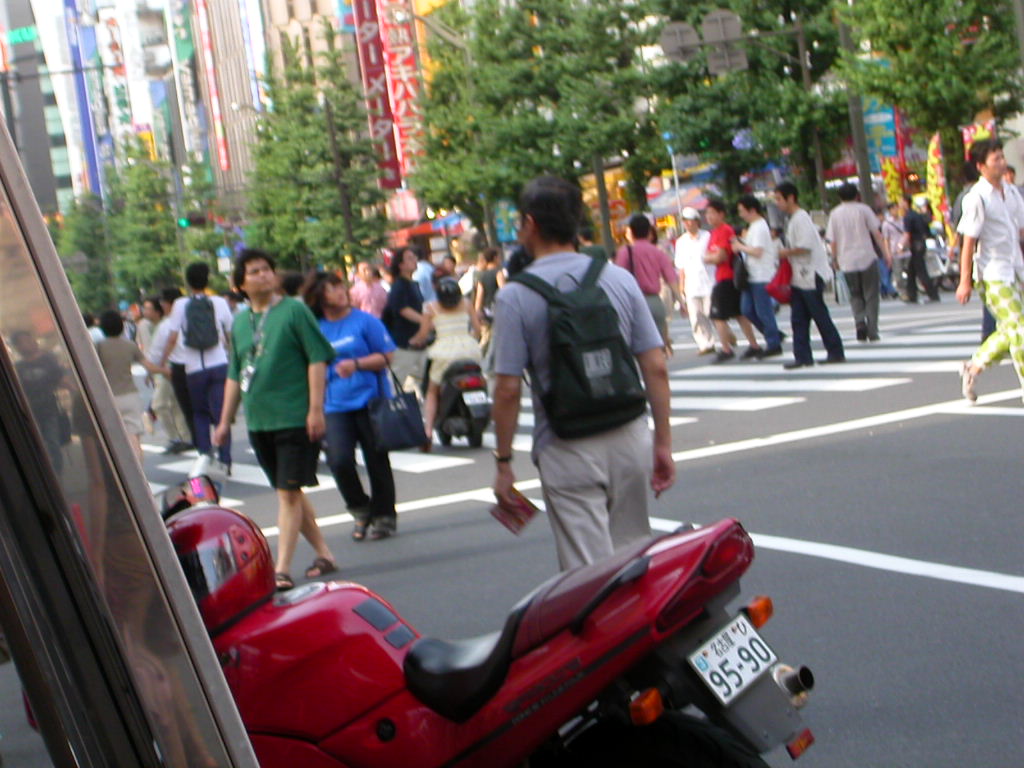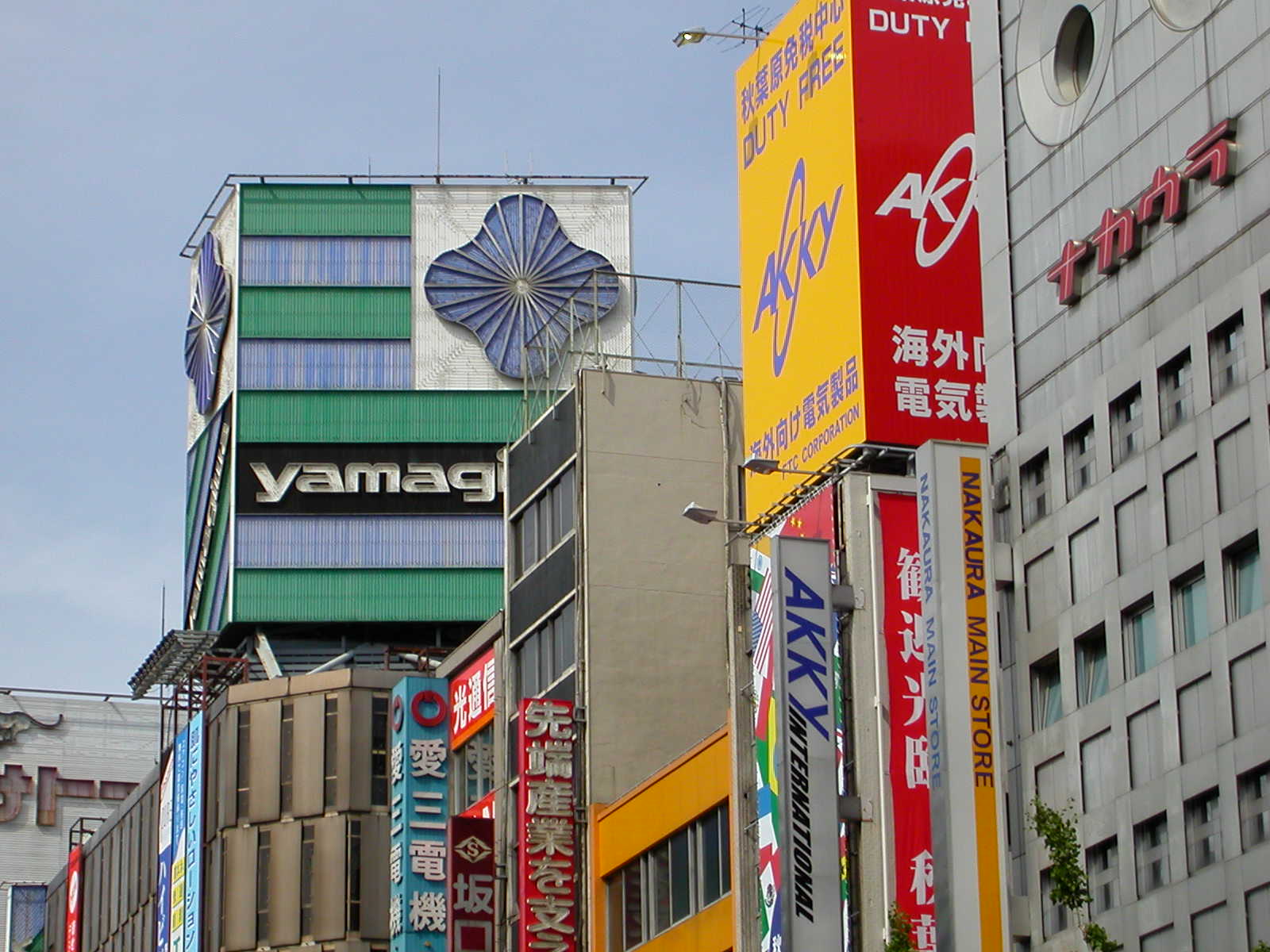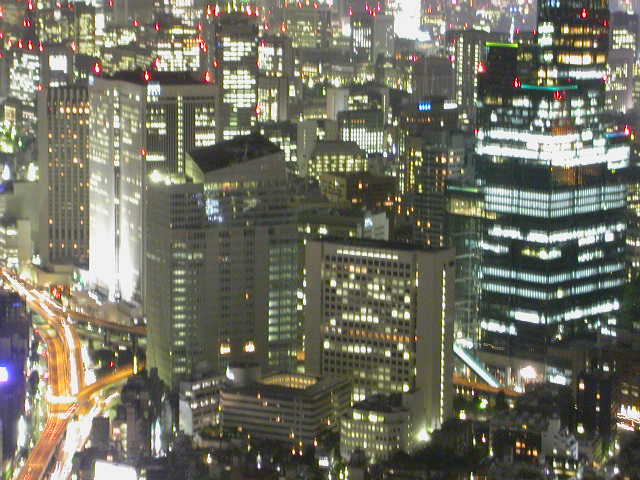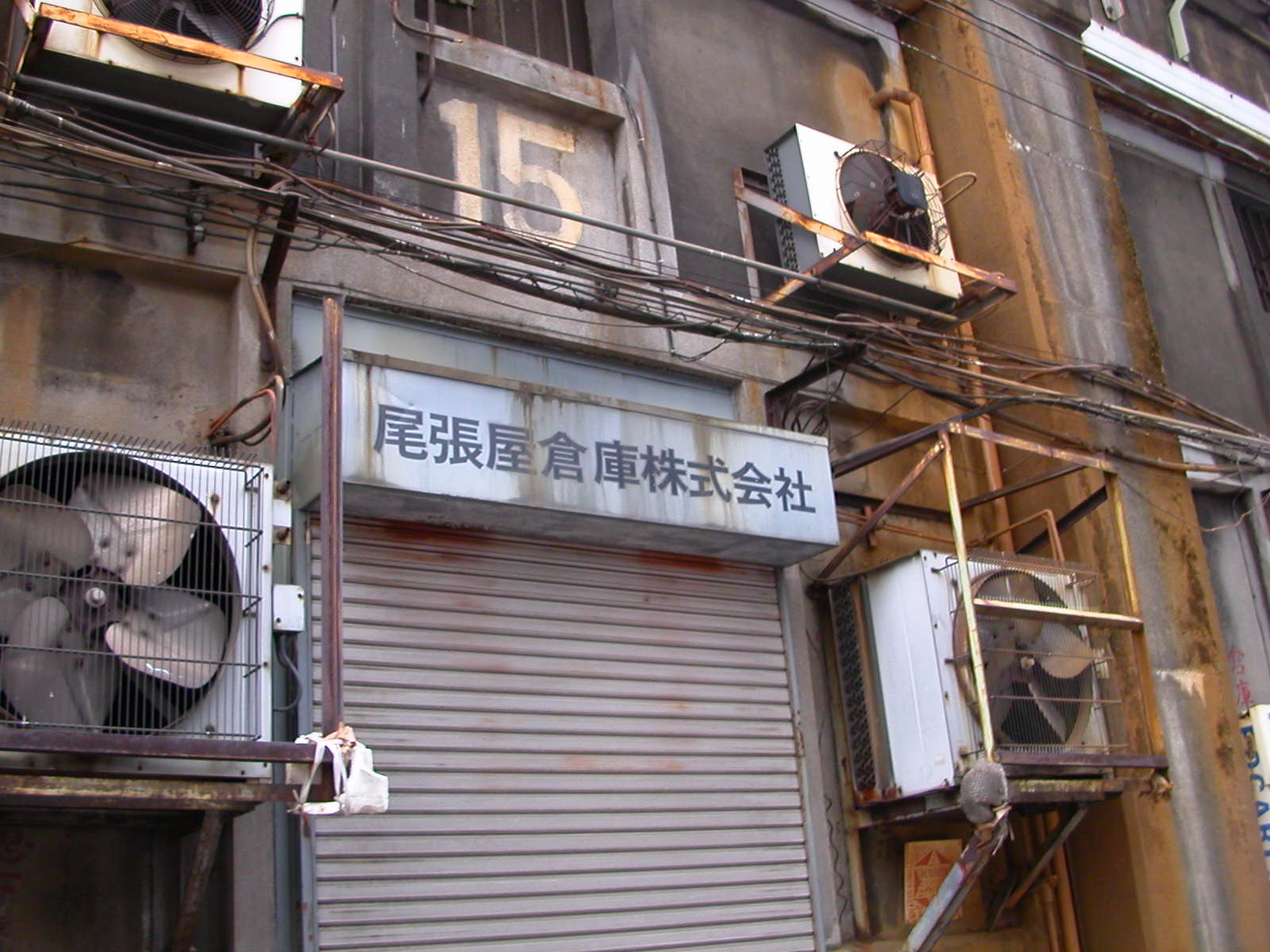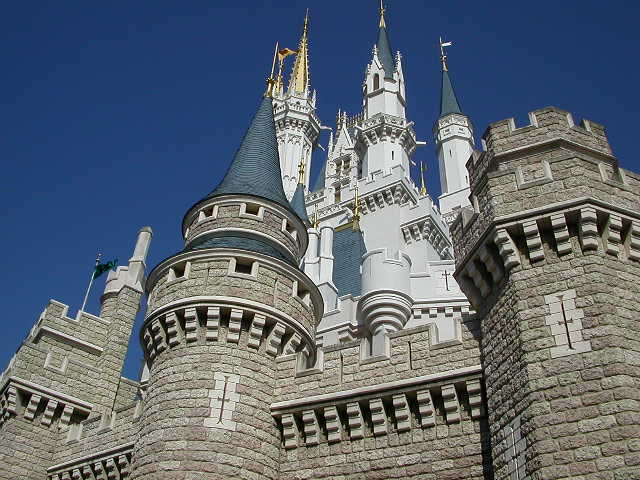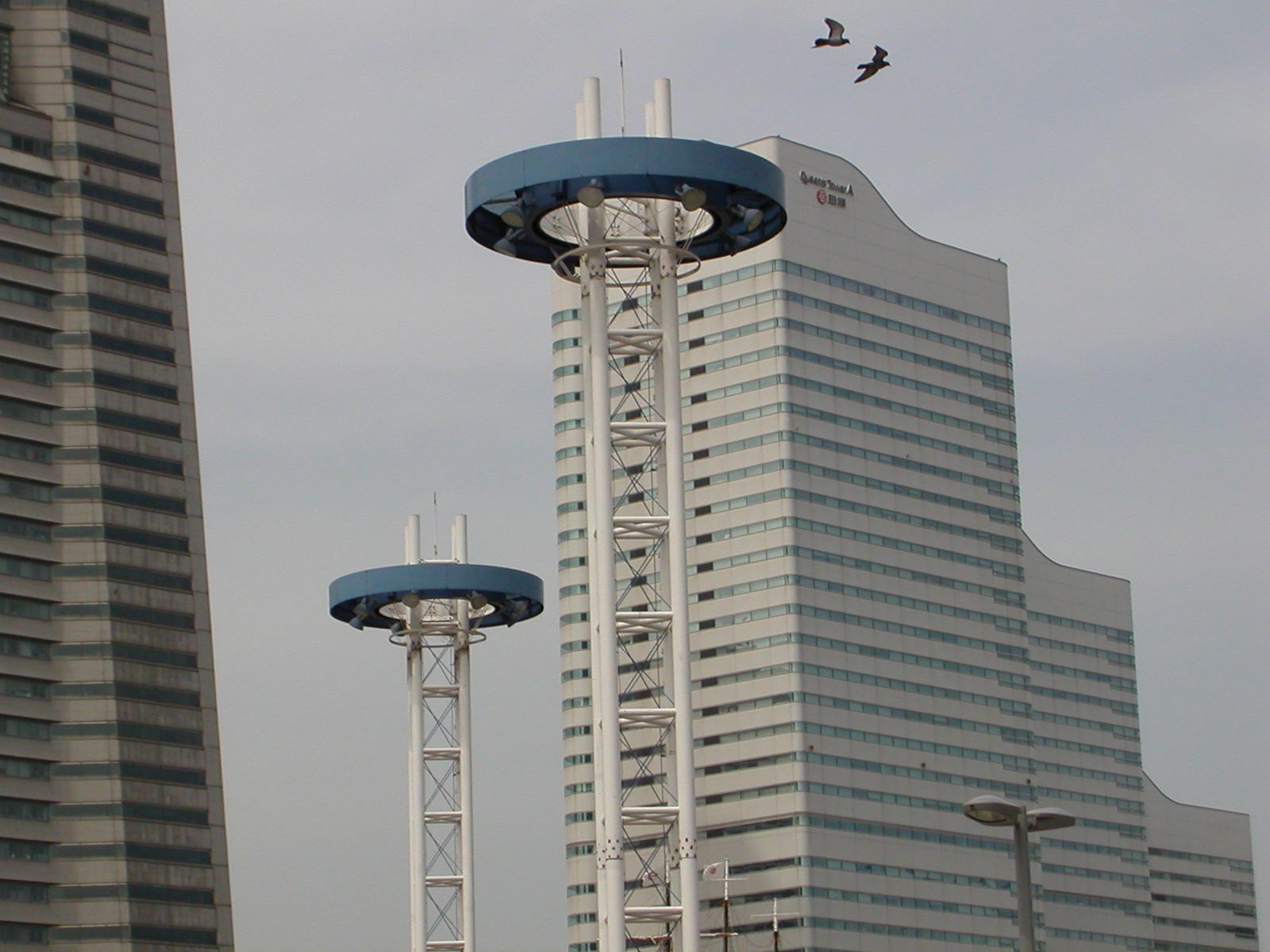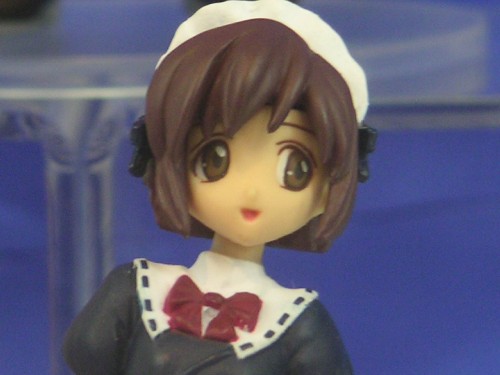During Edo period, this area was a favorite haunt for low-class samurai, and the flimsy wooden structures were often ravished by fire. After a huge blaze in 1869 guttered the entire district and many other parts of Tokyo, local authorities created a huge open field to act as a firewall to protect the Imperial Palace. Eventually trees took over this wasteland and it became famous for the vast quantities of dead leaves that littered the ground in Autumn, and the area became known as Akinobohara: "autumn leaves field." A subway station was built on Akinobohara's waste ground in 1890 and eventually train conductors referred to it as Akihabara, a name which stuck.
During the war years, a huge black market for radio parts thrived around the station, thanks to an electrical engineering college nearby, and flourished under the cover of a new overhead railway line. After the war, American forces tried to close down this illegal trade, but Akihabara continued to prosper, eventually becoming the most famous electronics shopping district in the world.
A new chapter in the history of Akihabara is about to commence following the opening, later in 2005, of the Higashi Akihabara development. In recent months I have been watching the development take place on a huge expanse of land north of Akihabara Station, adjacent to Showa-Dori. The centerpiece of the development will be the Higashi-Akihabara station, the terminus of a new high-speed rail link with Tsukuba in Ibaraki Prefecture. The development will apparently feature a large apartment complex (pictured on the left), offices and a university campus.
MonkeyDave (like me a passionate Akihabara addict -- but unlike me he can't go to Akihabara every single day of the week!) wrote on his website: "Akihabara is like the gaming/electronics mecca of the world. All the latest arcade and console games can be found here as well as all the hottest computer stuff and home electronics like those 3D TV glasses, and super tiny laptop PC's. It's pretty bad ass. They seemed to have just about every Japanese video game ever made there. There were probably over 20 shops there that just sold video games. I saw tons of used game shops that sold super Famicom and Genesis games for like 200-300 Yen. (that's like $2). There were probably more anime shops there than game stores. Most of them had some really cool stuff, but it seemed like more that half of it was porn in Akihabara."
MonkeyDave succinctly describes the major components which make up the Akihabara experience, especially for foreign visitors. Certainly, in the minds of many foreigners, that is what Akihabara basically is: computers and video games and anime, and to a lesser extent, hentai porn. You can find all of this in Akihabara of course, but this is not the whole picture. I will pass the mike over to a web writer who has plenty of working experience in Akihabara, Shannon Jacobs. Jacobs has a more downbeat and, perhaps, streetwise view of how Akihabara competes as an "electronic Mecca" on the global stage:
There are many older computers and unsortable things available in Akihabara, but most of them are just trying to benefit from the atmosphere. The crowd is there, and they are hungry to buy, and you can sell almost anything in an atmosphere like that, and someone is sure to try. All manner of strange and scarce electronic items can find a niche somewhere in Akihabara, but the spotlights are on the stars -- the newer and newest."
So, there you have it. I have to agree with Jacobs' opinion, negative though it may be -- quite a lot of floorspace in Akihabara is devoted to products of little interest to foreign shoppers, such as irons and vacuum cleaners and air-conditioners. Mind you the vacuum cleaners I saw this week at Yodabashi were pretty darn cool, and I still cherish the see-through plastic red techno iron I bought in Akihabara in 2002. But irons are irons and they will not excite the serious tech nut or visiting game fanatic. If you think that Akihbara is going to be some Oriental bazaar of retro computer parts and old handheld Donkey Kong games and so on, you might be disappointed. There is a market for retro gaming items in Japan -- they call them natsu-gei or "nostalgia games" -- but you will find Akihabara has its eyes to the future, not to the past. If you want validation of that, take a look at the cars driving down any Tokyo street. They are almost all impeccably new.
Contact the author Rob Sullivan at coderot@gmail.com. Anticopyright May 2010/July 2004.
![]()
|
||||||
